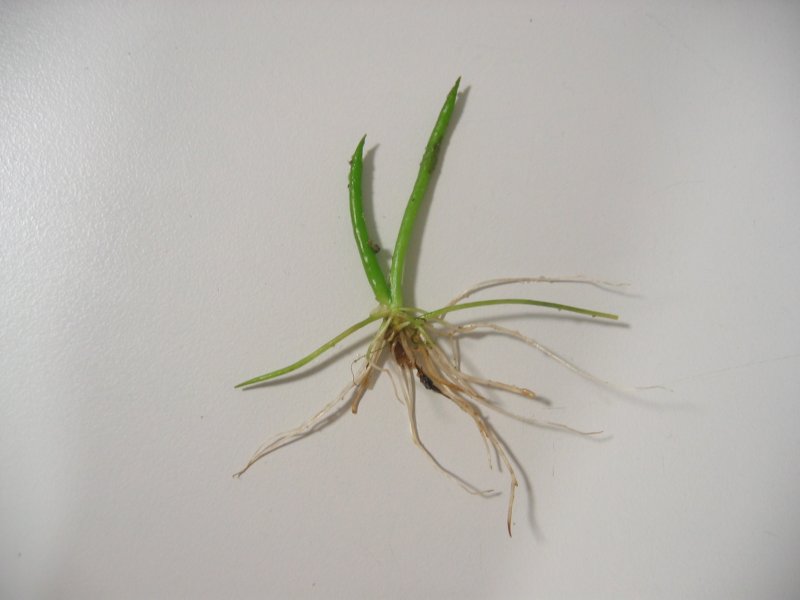- Littorella
image_width = 250px
regnum =Plant ae
divisio = Magnoliophyta
classis = Magnoliopsida
ordo =Lamiales
familia =Plantaginaceae
genus = "Littorella "
genus_authority = (L.)Asch.
subdivision_ranks = Species
subdivision = "L. uniflora" "L. americana" "L. australis""Littorella" is a genus of twocite web | url = http://www.efloras.org/florataxon.aspx?flora_id=60&taxon_id=118758 | title = Littorella L. | work = Flora of Chile | pages = 125–126] to threecite journal | url = http://www.amjbot.org/cgi/content/full/90/3/429 | title = Molecular systematics and biogeography of the amphibious genus Littorella (Plantaginaceae) | author = Ronald K. Hoggard, Paul J. Kores, Mia Molvray, Gloria D. Hoggard and David A. Broughton | journal = American Journal of Botany | year = 2003 | volume = 90 | pages = 429–435 ] species of aquatic plants. Many plants live their entire lives submersed, and reproduce by
stolon s, but some are only underwater for part of the year, and flower when they are not underwater.Classification
Molecular data show "Littorella" to be sister to the rest of the genus "
Plantago ". Thus,cladistic s would allow it to be considered either as a separate genus or as part of "Plantago". [Albach, D. C., Meudt, H. M. & Oxelman, B. 2005. [http://www.amjbot.org/cgi/content/full/92/2/297 Piecing together the "new" Plantaginaceae] . "American Journal of Botany" 92: 297-315.] Some researchers, particularly Rahn in the 1990s, have considered "Littorella" to be located within "Plantago", but this does not seem to be required given the molecular data and a closer look at morphology.Species
*"Littorella uniflora". Found in Europe from
Iceland to theblack sea .
*"Littorella americana" from northernNorth America .
*"Littorella australis" frompatagonia , in southernChile andArgentina , and theFalkland Islands Some authors have treated "L. uniflora" and "L. americana" to be one species, but molecular data show "L. americana" to be more closely related to "L. australis" than it is to "L. uniflora", which argues for recognizing three species. Other considerations, such as the wider range and more frequent flowering of "L. uniflora", also argue for separate species. It seems likely that the genus originated in Europe and first spread to North America, and from there to South America, with both events happening in the
Pleistocene or later.Distribution
The European species is found in a wide range of habitats, from
arctic to Mediterranean. The North and South American species are found in a more limited range oftemperate climates.References
External links
* [http://plants.usda.gov/java/profile?symbol=LITTO PLANTS profile]
Wikimedia Foundation. 2010.

